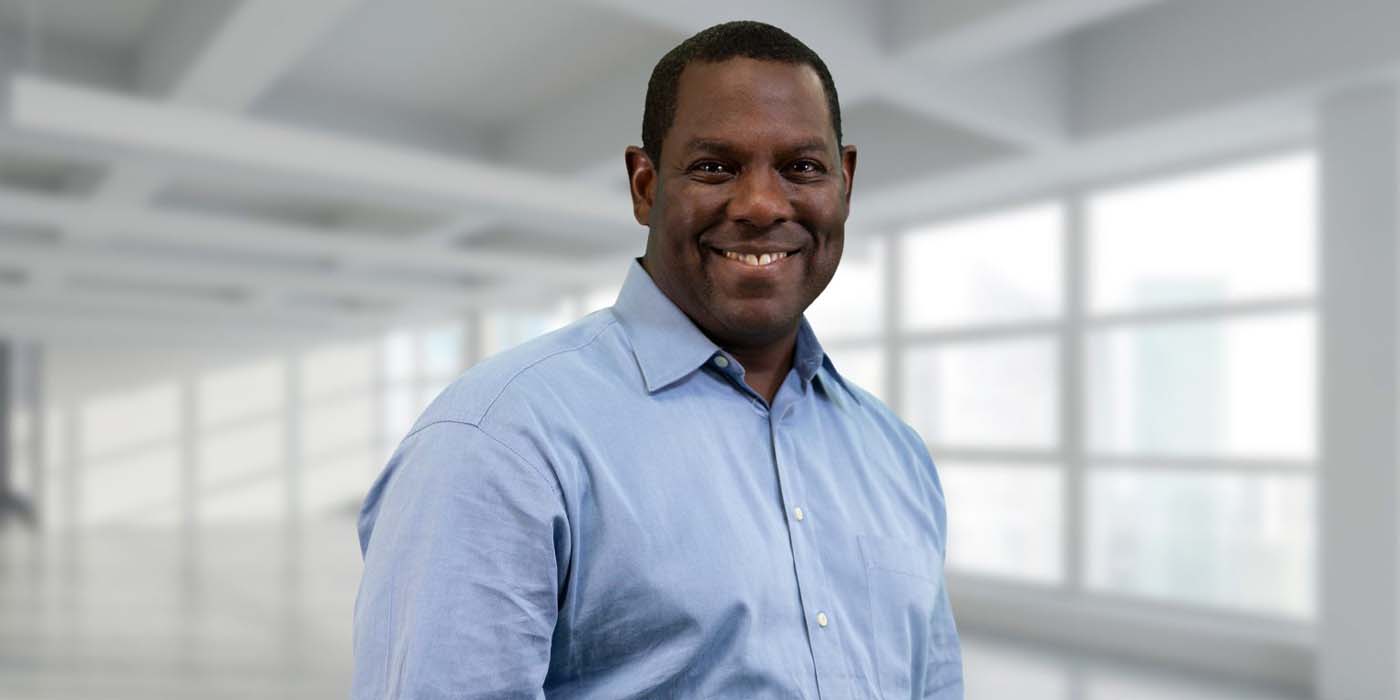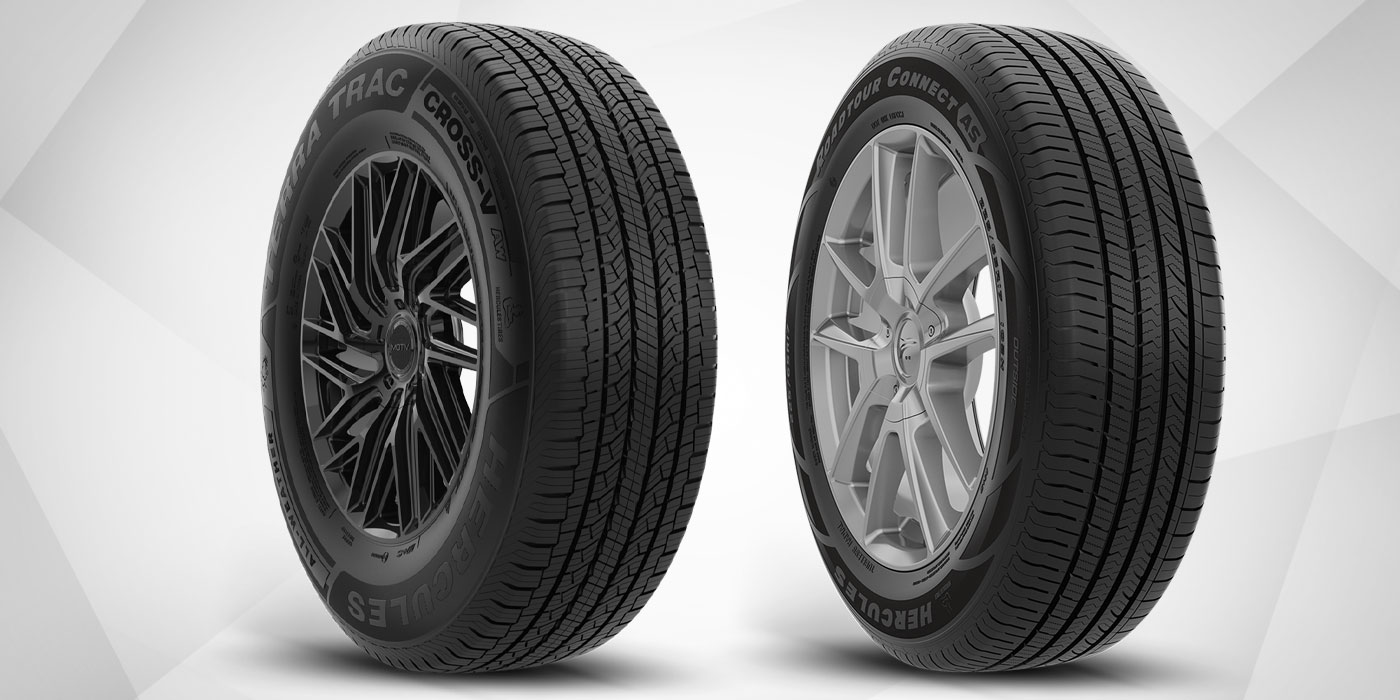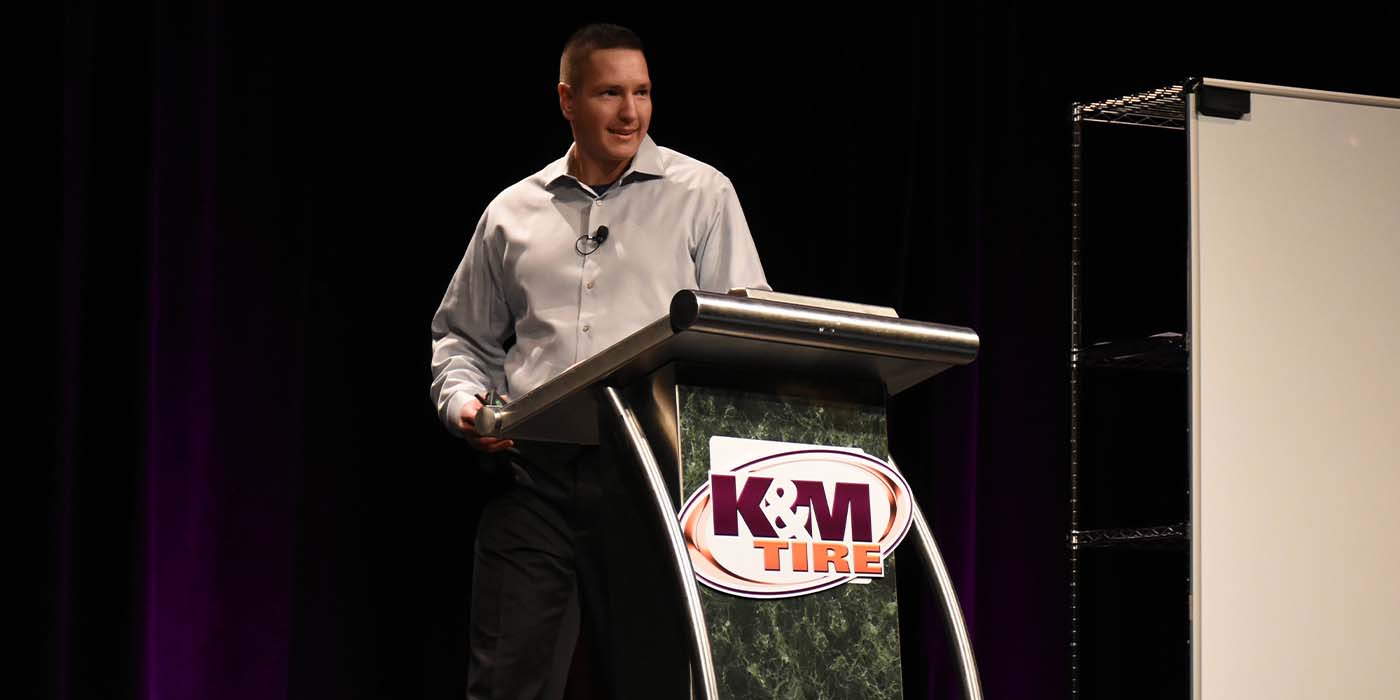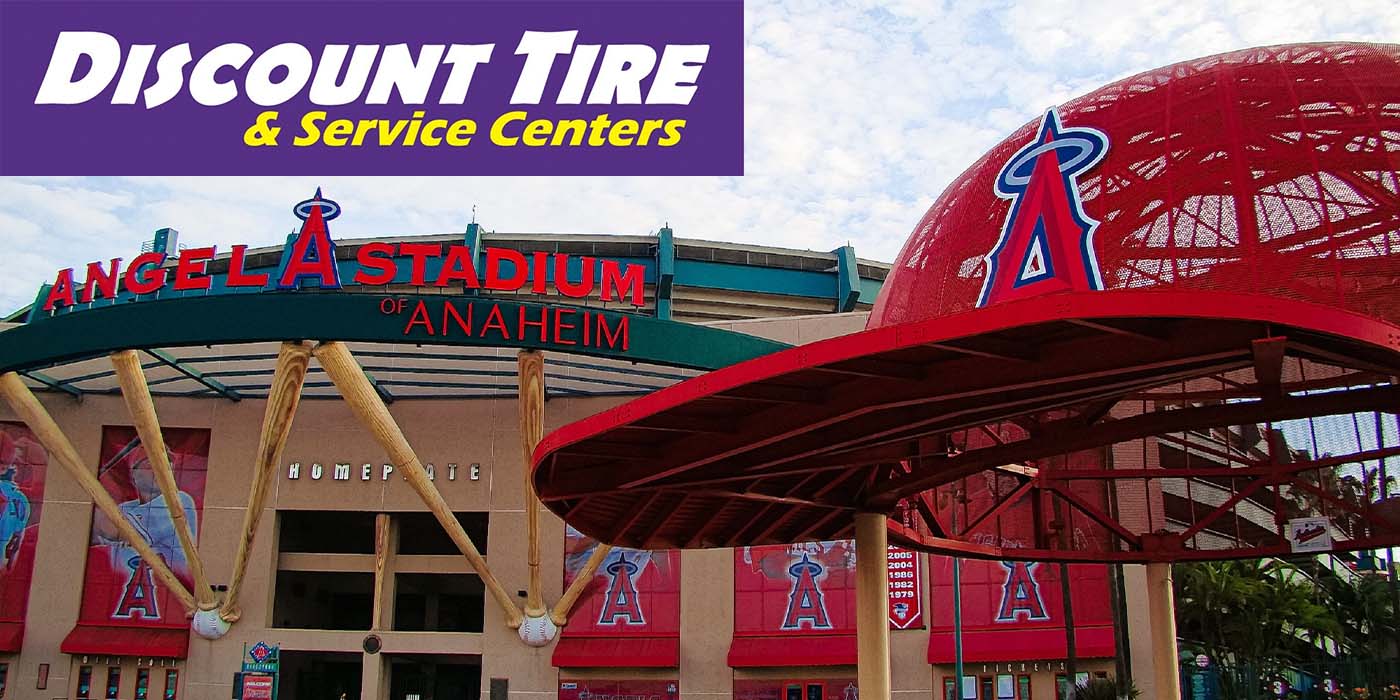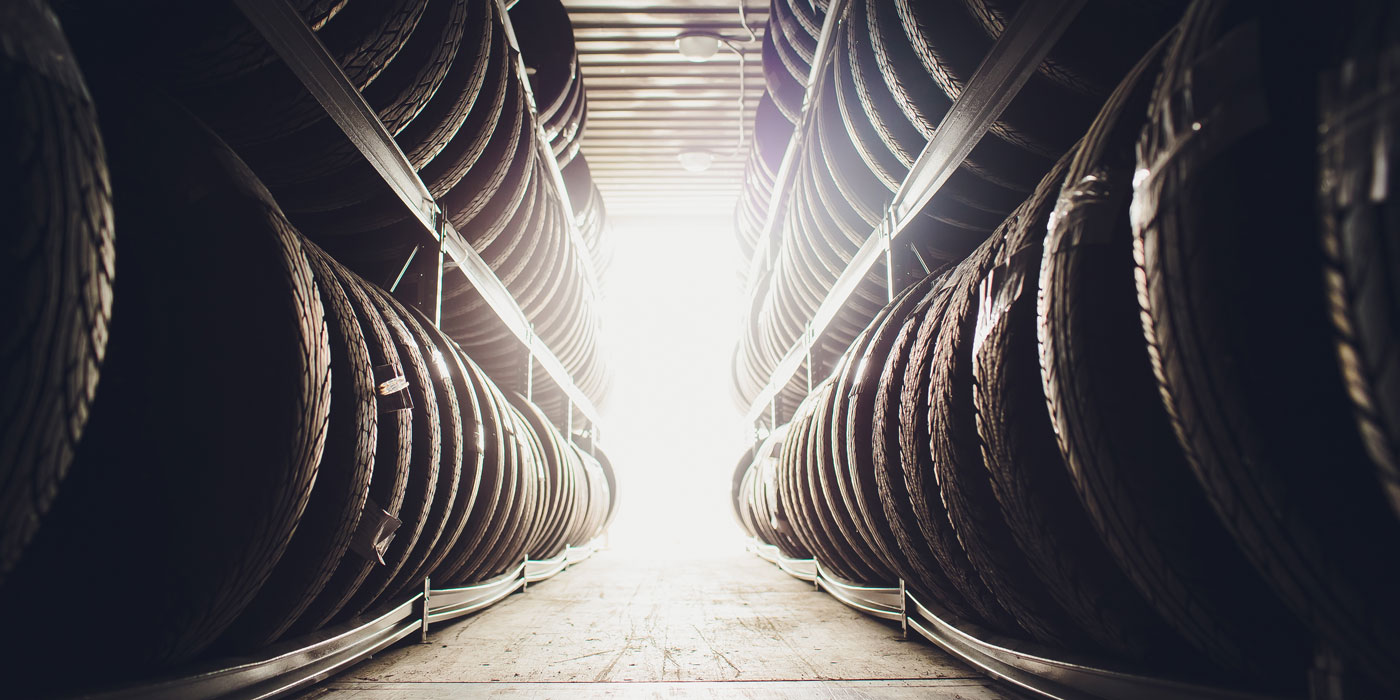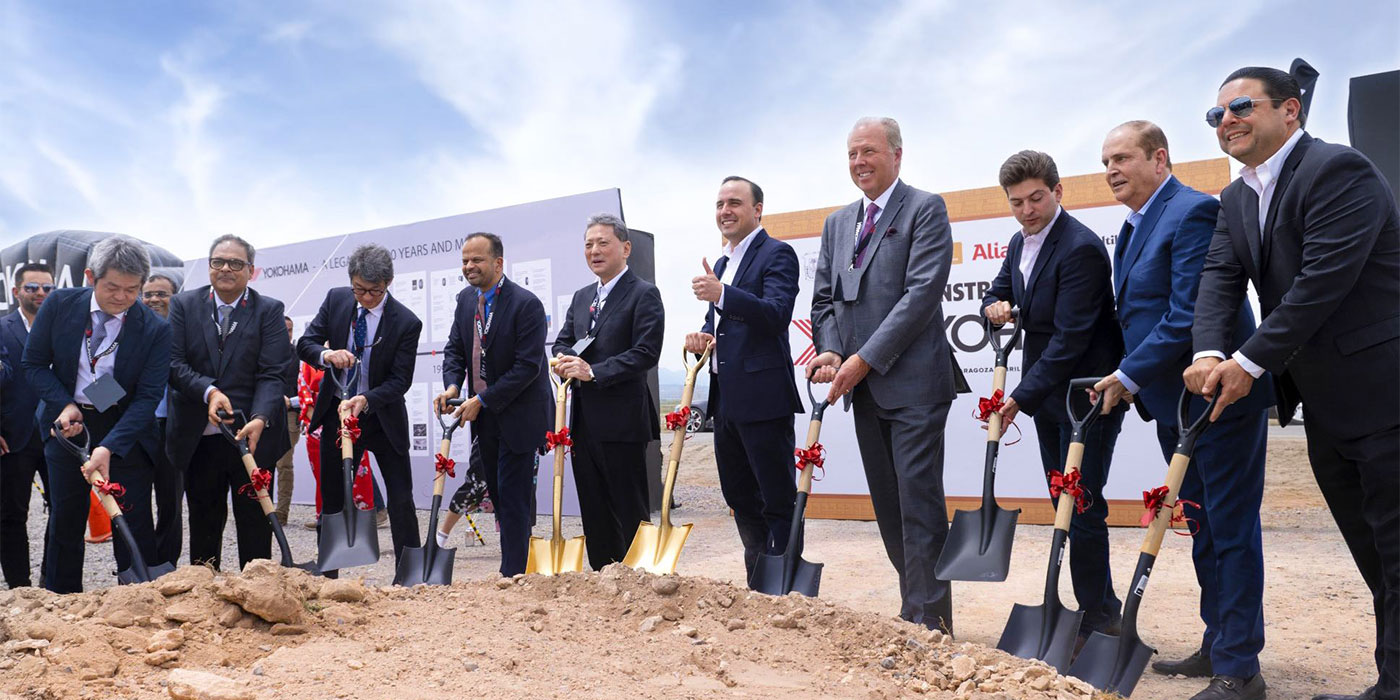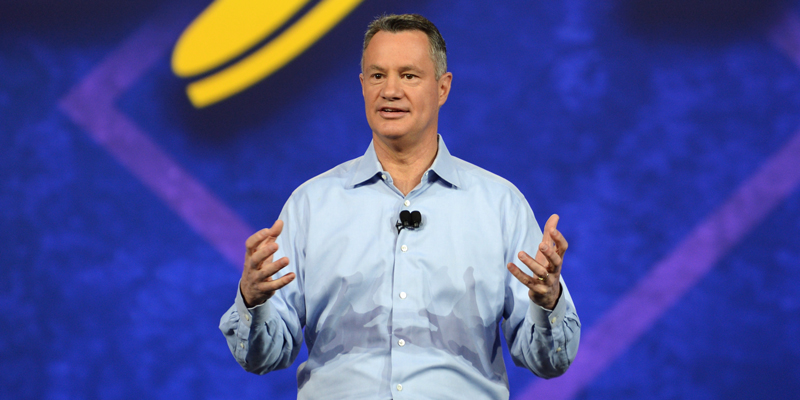
The past couple of days, you’ve heard a lot about one of my favorite topics, the value of the Goodyear brand. You heard a lot about our terrific products, our services and tools that help you build your businesses. You heard Scott talk a lot about the marketing partnerships that we have, particularly around NASCAR and college football. In fact, some of you told me last night how you loved and felt so proud seeing those Goodyear commercials during the football season. All that stuff is really great, but I have to say, as the video reminds us, the value of the Goodyear brand begins with people. Not just the engineers and plant managers and people you saw in that video, but also parents and coaches and volunteers, sons and daughters and mothers and fathers, people, frankly, just like you. Yes, we do have a business relationship with you because of what we do, but more importantly, we have a connection with you because of who you are. We’re people bringing our talents and our passions as one team to serve you every day. That’s our purpose. For all of us, for all of our Goodyear associates, that’s where the value of the Goodyear brand starts.
Now, as I think about what I’ve seen and I’ve heard and listened to over the past couple days, two things really, really stick out for me. The first one’s probably not going to surprise you at all. It’s the remarkable story of José Gomez and LC Tire. I have to say I don’t ever recall seeing a more powerful example of what our products and services can do not just to strengthen someone’s business, but to have an impact on someone’s life. Wow. As Andy Traicoff said, that’s the value of the Goodyear brand. You know, I’ve said on this stage before there’s lots of tiremakers out there. The question that we have to answer for you, the question our Goodyear associates have to answer every day, that I challenge them to do, is answer the question why Goodyear? Well, José, I have to say your story is the best answer I could possibly hope for. So, José, thank you very much. José, thank you. There you are. Thank you. [applause]
The second thing that stuck out for me is what everyone’s talking about, and it gets me really excited as well. It’s the great opportunities that we see for growth in our business and the tire business. This past September, we hosted the investment community meeting in Boston, and I reminded them that we’re in an industry that’s over 100 years old, selling essentially the same product, the inflatable tire, but that business is offering new segments of growth and profitability. I told them, how many industries do you know that can do that? That’s our business. That’s what we have ahead of us. After 100 years, we’ve got great opportunities of growth and profitability. And you know what? That’s exactly what we’re doing. We’re growing in those high margin segments, 17-inch and above tires, HVA tires for OEM replacement, and we really love that as a business and as an industry, right? Why do we love it? Number one, we’re making more of them than we ever have before to be a better supplier for you. Number two, it gives us the opportunity to demonstrate our ability to manage complexity ahead of our competition. That’s important for us.
What does that mean, when I say manage complexity? Let me give you an example. A lot of people have been in the tire business for a long time, so you’ll appreciate this. When we used to make a tire for the OE manufacturers, we could make one tire. That tire could be sold across multiple manufacturers. Of course, that tire was tuned and sort of specialized for the various vehicles, but we could make a tire that had utility, let’s say, across the spectrum. I have to say those days of making long runs of similar tires, they’re gone. The best example is the Chevy Malibu. You all know the Chevy Malibu. It’s sort of a mid-tier sedan, a great car, but certainly not the highest end vehicle that’s out there. The Chevy Malibu today comes in seven different trim levels, each with their own specific premium tire fitment. Now, imagine, imagine what that does to the design of a tire, the manufacturing and distribution. Imagine what it does to your inventory, and imagine what it does to that customer who comes in wanting that specific tire on that specific day. There is more complexity in our business today than ever before. The OEMs, it’s coming from the OEM demand. It’s coming from the SKU explosions that we’re seeing. It’s coming in materials and components. And it’s coming, certainly, from consumer expectations. So, I have to say the days of just building a factory and getting in the business, good luck. Complexity is in every part of the tire business. To be successful in today’s competitive and complex tire industry, you must get everything right. Managing complexity is like solving a Rubik’s cube. You can’t just get one side the same color. You’ve got to solve for all sides. Few companies can do that. We believe that Goodyear can. We look at complexity as a welcome trend in our business. The increased demand for complex HVA tires driven by those OEM demands are creating strong segments of profitable growth for us. To be clear, our goal, Goodyear’s goal, is to win and thrive in that environment and do it with all of you as our partners. That’s where we’re headed.
If I take a step back, that’s just a really high-level view of the current vehicle trends that are shaping our industry to where it is today. Over the past few years, I’ve talked a lot about the changes to our business driven by consumers and technology and what we can do to help you start to benefit from those changes as they come.
You may recall three years ago, I addressed the changing consumer. We talked a lot about that. We talked about how shopping and brand expectations really driven by this new generation of millennials are shaping the retail experience. I think what you’re all experiencing and seeing is those customers are turning up regularly, including in your business. They’re everywhere.
Two years, I talked about taking friction out of the tire buying process. How do we make the tire buying process easier for consumers? Since then, we’ve started our e-commerce business. It’s working. We’re on the front end of it, and we’re driving customers to your stores. Most importantly, Goodyear established itself as a leader in e-commerce, and now our competition is trying to catch up. I like that.
Last year, we talked about disruptive technologies, not only in products and services but in these new type of business models that were having an impact on everything we do. You remember that? I’m going to give you a little bit of a test. You remember last year, I gave you out some assignments. Maybe by show of hands, I’ll see if you were listening last year. How many of you went out for the first time after the conference and tried an Uber for the first time? Show of hands, anybody? I see a bunch of them up there. They’re coming up. How about going paperless or paying your bills online, did anyone start to do that? Yeah, I see some hands up there. You’ll get there, believe me. How about buying your groceries online from Amazon, anyone start doing that or at least try it? I see some hands up there. Early adopters in here, right?
Look, these are all examples of disruptive business models that we’re facing. That’s the world that we live in. As I look back at how quickly all these trends have already found their way into our business, I believe that Goodyear’s response has increased our competitive advantage, all of yours. We saw these changes coming, and we prepared to meet them head on together. I think you’d agree with me that today, we’re all prepared and more informed, much better than we were just a few years ago. I’d like to take that approach again. I’d like to take that approach this morning and again look out over the horizon and share Goodyear’s perspective on the future of our industry to see what’s coming next and most importantly, to see what it means for us.
The change I want to talk about today, frankly, it’s bigger than a new demographic. It’s bigger than e-commerce. Honestly, it’s bigger than even the disruptive technologies that we talked about last year. What we see coming is a change to transportation itself. What we see is an entirely new mobility ecosystem that’s evolving. What does that mean, new mobility ecosystem? Well, a new mobility ecosystem starts with the changing attitudes and behaviors about mobility. The result is ultimately going to be a transition from individual car ownership to ridesharing with a number of those vehicles, a growing number of those vehicles ultimately being driverless or autonomous. To be clear, it doesn’t mean cars are going away for sure, despite some of the provocative headlines you might read in the newspapers regularly these days, and it certainly doesn’t mean that people won’t value their mobility. They will. People value mobility because it’s freedom. What it does mean is that vehicles may evolve to be fundamentally different because of the changing attitudes and behaviors around mobility. That’s something, for us, that’s something worth thinking about.
What’s creating this new mobility ecosystem? Like most structural shifts, it’s generally not one thing that precipitates it, but a convergence of a variety of things happening at the same time that ultimately results in sort of a tipping point. There’s a lot of them. I just want to touch on a few this morning.
The first one, you might expect even the primary area, not a surprise to you, sort of the air of this ecosystem, is technology. Technology has always been the enabler that has changed our lives since the beginning of time. If we look back 100 years ago, it was technology – may sound a little bit silly here, but – it was technology that took us from the horse to the model T, to the combustion engine. Now, technology is responsible for onboard vehicle data in our vehicles, for our GPS and for those safety systems that are actually reacting faster than we are in the car. As vehicles become more high tech, the technology players like the Googles and the Samsungs and Intel and so forth, they’ve all started already to invade this mobility ecosystem, and they’re opening the doors to new, and I would even suggest, life-changing possibilities. That’s what we’re seeing. The most significant mobility change, mobility ecosystem change that’s being enabled by technology is connectivity. Today, if we think about our cars, our cars and our components, they talk to us. Think about your TPMS system telling you about your air inflation of your tires. Think about your blind spot warning systems that beep if you’re changing a lane and there’s a car next to you. What a great thing, right? Think about your ways that tells you a better way to go to the location you need to if there’s a traffic jam. They have the cars and components talking to us. But tomorrow, tomorrow connected components within a vehicle are going to talk to each other. A tire’s going to have a sensor in it. That sensor is going to talk to the vehicle. That vehicle is going to talk to the onboard GPS system that’s going to direct you to a Goodyear store, your nearest Goodyear store, to get your tires inflated before you even knew they needed air. We’re on the front end, the front edge of this connectivity wave. I want to tell you, that wave is ultimately going to be a tsunami.
Another item, easier to understand for all of us but it’s really having an impact on the mobility ecosystem that we’re moving toward, is simply convenience. On-demand transportation or so-called ridesharing is an alternative to a taxi, to a rental car, to even using your own car as it sits in your garage, frankly, is no longer just for millennials. It’s not. All demographics find value in the convenience of immediacy, of location, of payment. It’s appealing to everyone, and it’s coming in to the mainstream. One of the trends driving this convenience is urbanization or urban life. The statistics say that by 2050, 70% of the world’s population is going to live in urban environments. That’s up from 40% today. That, by definition, is going to drive the desire for shared mobility because of congestion and everything else that we know happens in urban environments. Today, already, investments are being made in high-growth cities in our country, like Austin, Seattle, Charlotte and others. Those investments are reflecting the commitments they’re making to make mobility easier.
Those are just a few of these converging, many converging factors that are out there. This new mobility ecosystem certainly will be affected by the changes in vehicles themselves, but they’ll be shaped by technology and the changing attitudes about mobility. That’s what we have to think about.
Now, if we look even further ahead, many of the experts believe that significant transportation choices, when you take all these converging factors and blend it into a viable option, that option is going to be autonomous vehicles. Autonomous vehicles are becoming more accepted every day, and many people are betting on it. The debate today really is about how vast this is going to happen and when we’re going to start to feel the change. The debate is not about the adoption of autonomous vehicles. It seems inevitable, and candidly, it’s widely accepted. I referred to Austin a few moments ago. This is a comment their mayor made 15 months ago, as he’s thinking about these trends. He said we’re going to have to innovate our way out of congestion, and he said the autonomous vehicles being tested in our city provide a solution. That says this trend is real, if a city like Austin is doing this. Candidly, cities, they’re the perfect environment for the adoption of autonomous vehicles because they deliver three key benefits that perfectly meet the needs of people living in cities and I would tell you will ultimately expand out to suburbanites as the trend develops. So, what are those three key things?
The first one is something to give us more of our scarcest resource. What do you think it is? Money? Time. Exactly. Time is what it is. Because if you’re not driving, that means you’re not paying attention to traffic. You’re not looking for a place to park. You’re not having to pay attention for pedestrians or other things going on on the road. Think about how much of your time you could get back to use productively in the world of autonomous vehicles or shared autonomous vehicles. Think about that if you’re in a congested area or even if you’re outside of the city and your commutes get longer and longer. It’s a great alternative. It’s a viable alternative.
The second element is safety. Let’s face it, we all believe that the other guy is a really bad driver, right? Well, sometimes that other guy is us. The fact of the matter is most accidents occur by what? Operator error. Sometimes we’re the operators, right? That is, that trend or that current is increasing because of what you all see, which is distracted driving. There’s over 100 fatalities per day on the road. As we look to the future, think about autonomous vehicles operating in an accommodating environment, an ecosystem that’s ready to accommodate them, think about that from a safety perspective. AVs follow the rules. They go the right speed limit. They don’t pass in the wrong lane. They don’t have a problem with distracted driving. For a parent putting a new child on the road, a new driver on the road, that’s an attractive thing to think about.
The third element is cost. We own our cars. The fact of the matter is they sit about 95% of the time. They’re only driven about 5%. While it sits, you’re making your car payment. You’re paying parking. You’re paying for insurance, so on and so forth. But in a world of autonomous vehicles, the economics for ownership of those autonomous vehicles, if you factor in no labor, no driver and a vehicle that inverts the curve where it operates 95% of the time rather than sits 95% of the time, in that world, the operator of autonomous vehicles can run that vehicle at a fraction of the cost that we can from an individual car ownership perspective. And if that operator puts in some kind of content in the cabin while you’re riding, a movie, news, advertising consumption, they may be able to give you that ride even for free.
To be clear, all these things that are happening out there, they’re not my guess. I certainly didn’t create these. There’s a group of companies and people out there who know this world exponentially better than I do, and believe me, they’re investing. If we look across the original equipment manufacturers, virtually every one of them is investing in car sharing. You probably read about it. GM invested about $500 million in Lyft, which is, for those of you who may not know, essentially a competitor of Uber. GM started their own car sharing service called Maven. Ford set up its own separate subsidiary to invest in emerging mobility services. Toyota and BMW have invested in companies that collect real world driving data with the intent, purpose of creating self-driving software, creating a self-driving car. And there’s a ton more than what I just named. There have been a total of $12 billion invested in 2015 in ridesharing, and some of that even moving towards autonomous vehicles. So, you may not have a form of reference, but trust me, 12 billion is a lot of money.
What all this means is that consumers are going to have more choices into the future. Today, we all use one vehicle for multiple purposes, but tomorrow, there’s going to be a wide range of mobility solutions that are offered to us. You might choose a minivan maybe to go on a family vacation, you might choose a pickup truck if you have to move something, or you might choose a convertible that you want to use on a sunny weekend. All these options available to you at the other end of your phone. That’s the world that we’re moving to. All this adds up to a new mobility ecosystem. That’s what’s coming. It’s bold and it’s different and it’s disruptive.
Now, I have to ask all of you, does that make you feel uncomfortable? Does it scare you? Think about all the things I’ve talked about… What’s the one thing that I didn’t talk about? Anyone? Tires. We didn’t talk about tires. I talked about technology, connectivity. I talked about convenience and urbanization. Think of all of these things as going on above the road, and that’s where changes are happening faster than they ever have before. Make no mistake, what’s going on above the road is a full-on revolution. But tires and the tire business, our business, we’re on the road. We’re on the road where the change is evolutionary, and believe me, there’s a big, big difference. I’m not saying that we’re not going to be impacted by all these changes. Look, there’s no arrogance here. Change affects all of us. But let’s take a step back, and let’s look about what we know today.
I want to start with the existing car park. The existing car park is predictable, and it’s going to be with us a long period of time. We know how many cars are on the road, we know how many cars are sold every year, and we know the average life that those cars are, out there. The car park is predictable. While autonomous vehicle features are certainly going to infiltrate our cars more and more as time goes by…but the most optimistic estimates today say that it’ll be less than a third of the vehicles will be autonomous vehicles on the road by 2050. That’s a long time for the tires that we have before we move to this change. I’ll also tell you there’s no new tire-wheel combination on the drawing board. While there’s brake sensors, spotlight warnings, park assist and all these other new technologies, there is no new tire and wheel combination that someone is working on that’s going to change what we fundamentally do. Even with tech companies coming fast and furious into the auto space, there are no new disruptive entrants that want to make tires. I can tell you for sure, Google does not want to be in the tire business. That’s our space. Vehicles miles traveled, it’s increasing; 2016 was the most vehicle miles traveled on record. When we moved to autonomous vehicles down the road, the consensus is that vehicle miles traveled are going to go up. Average miles per vehicle today is around 11,000. That is projected to double or more than double out into the future. As vehicle miles traveled goes up, that’s tread rubber burning. That smell is really good, isn’t it? That means more tires are needed to be put on the road. That’s a good thing for our business.
The need for tires, team, is not going away. In fact, in a world of increasing ridesharing and things like autonomous vehicles, the need for tires now and in the future has never been stronger, I would suggest to you, in the history of our company, but I would go further to say in the history of the tire industry. That’s something all of us really need to be excited about as we think about our businesses. You heard Steve talk about growth in the most profitable segments. While we know the tire industry doesn’t grow in a straight line, there is a huge, robust tire market for 17-inch and above HVA tires, where demand right now is ahead of supply and is going to be with us for a long period of time. The market is absolutely mixing up, and the OEM demands for our products are increasing. Our tires, to be clear, they’re not going backwards. Our tires are only getting more complex, so don’t let anyone ever convince you that our products, our tires are a commodity. They are absolutely not. When we see revolution going on above the road, our business, our business, yours and ours together, is predicted to be the strongest in our lifetimes. I want to tell you, that is absolutely not an exaggeration.
I’ve spoken to you up here for a number of years now. I have to say, my fundamental view of what we’re doing is unchanged. It is absolutely a great time to be in the tire industry, 170 years after Charles Goodyear discovered vulcanized rubber. It’s a great industry to be in right now, 140 years after John Dunlop invented the inflatable tire. It’s a great industry to be in now with Goodyear, almost 120 years after the founding of this company. I’ll even go one step further. I’ll say we’re confident it will be even better to be with Goodyear as we look to the future, because we believe the above the road revolutions will create new opportunities for connection for those of us who focus on the road. That’s what we have to embrace. That’s where we’re going.
As we think about that world, what could lie ahead for us? Let’s think beyond tires just for a moment. Today, we get most of our vehicle data from traditional sources, from going outside to a store and inspecting a tire, maybe from answering questions over the phone, so on and so forth. But in the future, we have the opportunity to get accurate real-time data generated by cars and trucks themselves and have that data at the touch of a finger, available to us at the touch of a finger. Think about the value that you could get with real-time insights about your customers. Think about the value that you could find by knowing individual customer driver preferences and purchase history. What if you knew what tires and services your customer needed, when they needed them, even before they did? Think about what we could do together as a team. Real-time information to trigger shipments to you where you need them, when you need them, in the right specific quantities. No guesswork, no pre-buys, just real just-in-time delivery and supply. How? All enabled by the connected car.
These are examples, more examples, I should say, of the complexity that we’re ultimately going to need to manage. Those who manage that complexity are going to be the winners in tomorrow’s tire industry. If you ask yourself why should I be with Goodyear, I would suggest to you this is another reason. In this new mobility ecosystem that’s coming on, I can tell you we’re going to remain vital. We’re going to serve generations of customers to come, and we’re going to continue to grow with you. We’re looking at what’s ahead for us and for you. We believe that’s a great reason for you to be with Goodyear. Listen, we know you can get a tire anywhere. But with Goodyear, you get more than tires. You get a real business partner who’s on your side, looking out for you.
That’s a lot to think about. It might lead you to…about wondering and thinking about some other things. Mainly, you can ask yourself the question what business are we really in? Ask yourself, are we in the tire business? Are we in the transportation business? Are we in the technology business? The answer to that question, of course, is yes and no. We’re certainly in the tire business. That’s what we sell here. We’re certainly in the transportation business. That’s pretty obvious. And like everyone else today, we’re in the technology business. There’s no doubt about that. But go back to the video that we started with. All those things, really, are what we do. Our real business, our real relationships reflect who we are. We’re really in the confidence business, helping people get where they want to go with peace of mind, however they’re going to get there. We’re in the value business, strengthening the Goodyear brand that distinguishes itself from the competition by delivering on consumer expectations now and in the future. We’re certainly in the trust business. People believe that when they buy Goodyear, they’re getting quality and excellence in everything that we all do together. If you take anything away from my remarks today, I hope that you believe that we’re in the vision business. Looking forward started when this company was founded. It continues today, and it’s what’s going to lead us to the future.
But most importantly, I want you to remember that we’re not in this business by ourselves. Even as this industry evolves, the only way that we’re going to continue to be successful is by working together and sharing a vision for the opportunities that lie over that horizon that I talked about. We want consumers to select Goodyear tires, but we want them to buy them from you. Nobody you do business with is better aligned to the needs of the market, to consumer expectations and to helping you grow your business. Nobody is aligned with you better than Goodyear. Let me say we value your business and we value your partnership. For that, I am sincerely grateful, and I will commit to you on behalf of all our Goodyear associates, we will come to work every day with humility to grow our business together and make sure we stay in the lead position to help us grow our businesses together. So, I just want to thank you again for your attention. I appreciate all the time and attention that you give to me when I’m up here. I do appreciate it. I look forward to seeing you on the tradeshow floor. I look forward to seeing you this evening. But most importantly, I wish you a great 2017. Let’s go. Let’s get out there and sell some tires. Thank you. [applause]


